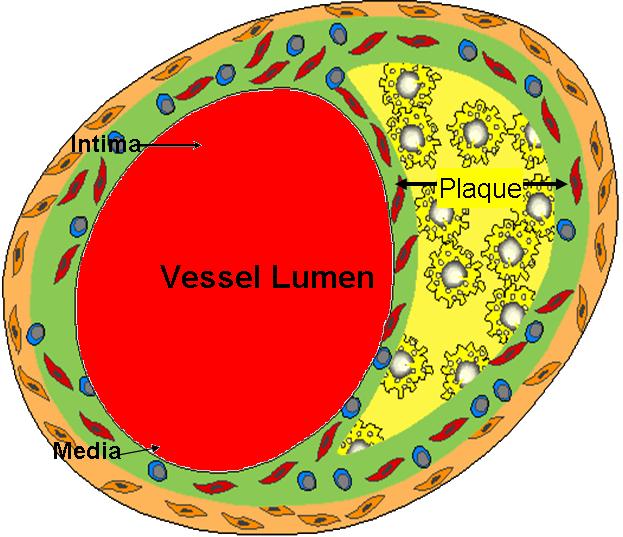Peripheral arterial disease pathophysiology
|
Peripheral arterial disease Microchapters |
|
Differentiating Peripheral arterial disease from other Diseases |
|---|
|
Diagnosis |
|
Treatment |
|
Case Studies |
|
AHA/ACC Guidelines on Management of Lower Extremity PAD |
|
Guidelines for Structured Exercise Therapy for Lower Extremity PAD |
|
Guidelines for Minimizing Tissue Loss in Lower Extremity PAD |
|
Guidelines for Revascularization of Claudication in Lower Extremity PAD |
|
Guidelines for Management of Acute Limb Ischemial in Lower Extremity PAD |
|
Guidelines for Longitudinal Follow-up for Lower Extremity PAD |
|
Peripheral arterial disease pathophysiology On the Web |
|
American Roentgen Ray Society Images of Peripheral arterial disease pathophysiology |
|
Directions to Hospitals Treating Peripheral arterial disease |
|
Risk calculators and risk factors for Peripheral arterial disease pathophysiology |
Editor-In-Chief: C. Michael Gibson, M.S., M.D. [1]; Associate Editor-In-Chief: Cafer Zorkun, M.D., Ph.D. [2]; Rim Halaby
Overview
Pathophysiology
- Peripheral arterial disease is characterized by a narrowing of the peripheral blood vessels leading to decreased blood flow to the limbs. The most common underlying cause of PAD is atherosclerosis.
- Atherosclerosis is a systemic disease that progresses over time and might involve the aorta, coronary , carotid and the medium-sized peripheral arteries.
- When the atherosclerosis involves the peripheral limb blood vessels, the blood flow to the limbs is compromised. Such atherosclerotic plaques tend to occur at vessel bifurcations due to both impaired atheroprotective mechanisms and turbulant blood flow. At the beginning the vessels try to adapt by metabolic and myogenic autoregulation. At this stage, the patient might be asymptomatic. As the atherosclerosis progresses with time beyond the ability of the vessels to compensate for it, mainly upon increased blood demand in exercise, symptoms of claudication start.
- When the atherosclerotic plaques become unstable, thrombi form on top of a ruptured plaque located at a disease arterial segment. Atherothrombosis is the term currently used to describe this process.
- Below is an image illustrating the narrowing of the blood vessel due to the presence of the atherosclerotic plaque.
